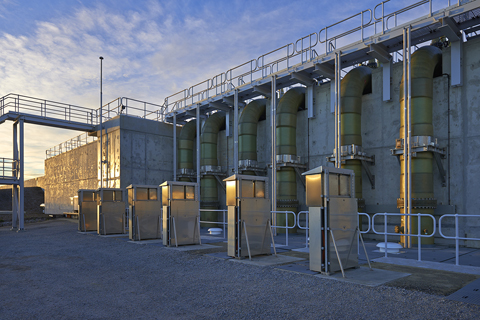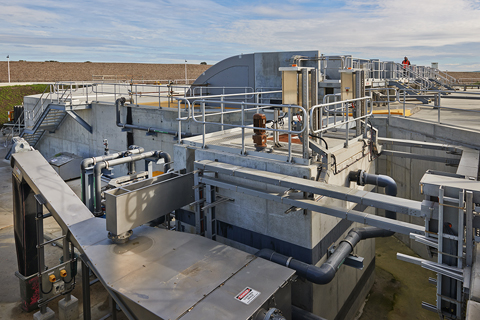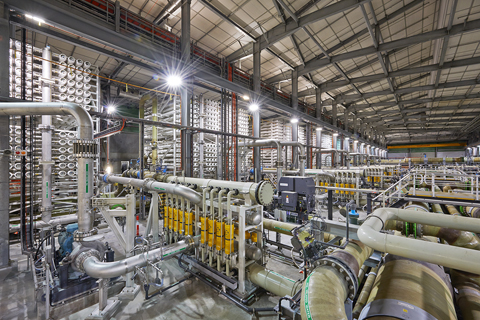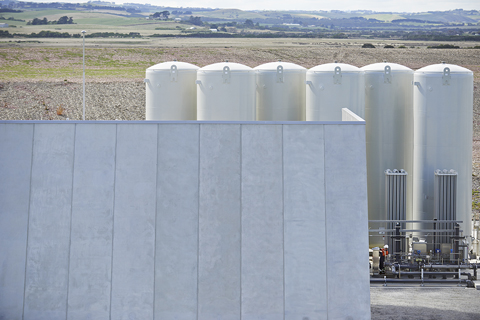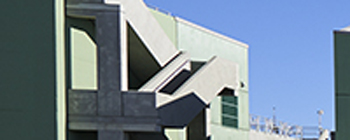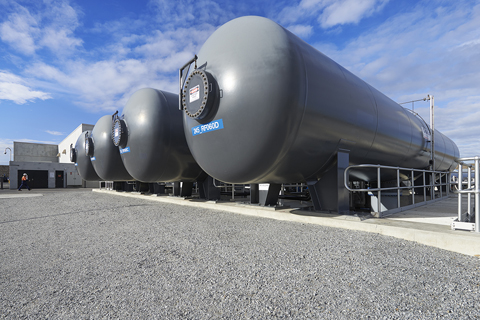The Desalination Plant
Located in Wonthaggi, the VDP comprises:
- The desalination plant – comprising 29 buildings including the reverse osmosis building, the heart of the VDP - with a design capacity of over 160 billion litres of water a year, flexible water ordering of between 0 and 150 billion litres, and the capability to expand to 200 billion litres a year
- Marine structures: two underground tunnels located 15 metres below the seabed measuring 1.2 km and 1.5 km long and each with a 4 metre internal diameter, and associated marine intake and outlet structures located more than 20 metres below the sea’s surface
- Water transfer pipeline: 84 km, 1.9 metre diameter, two-way pipeline that provides desalinated water or catchment supplies to communities throughout Melbourne, South Gippsland and Westernport, as required;
